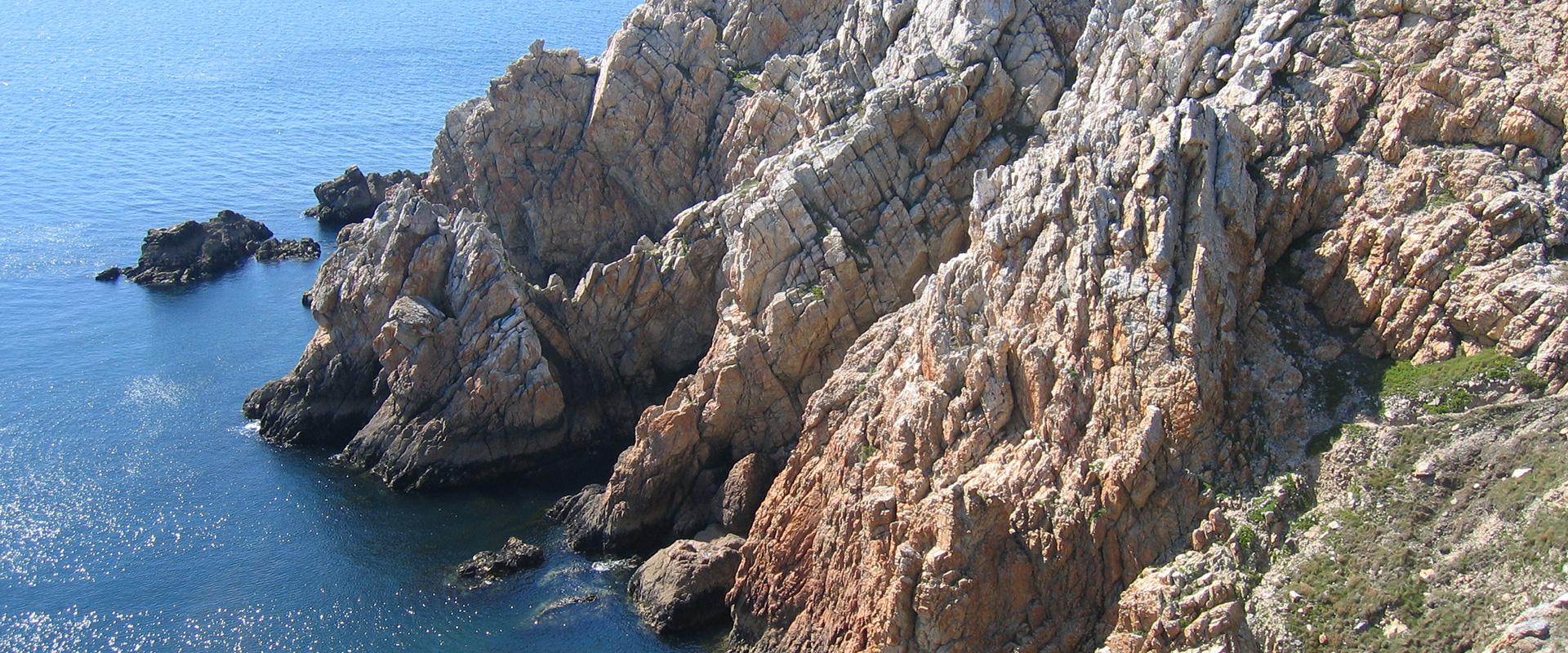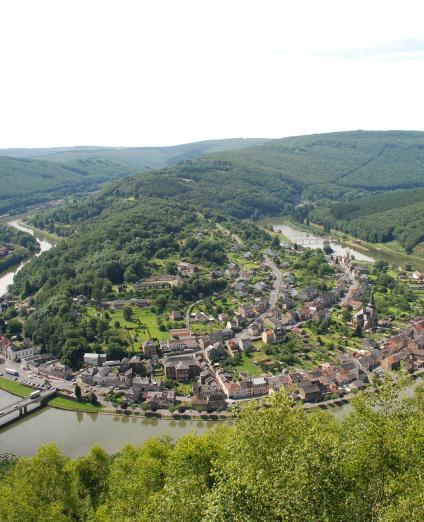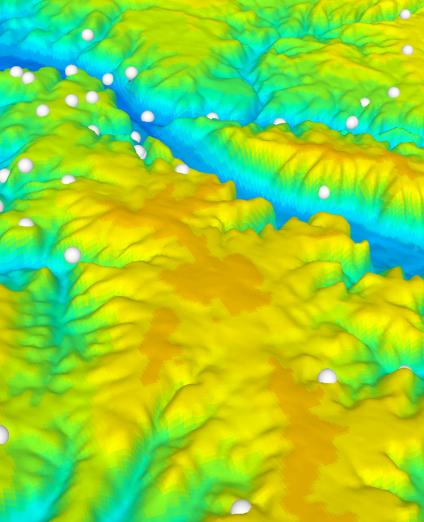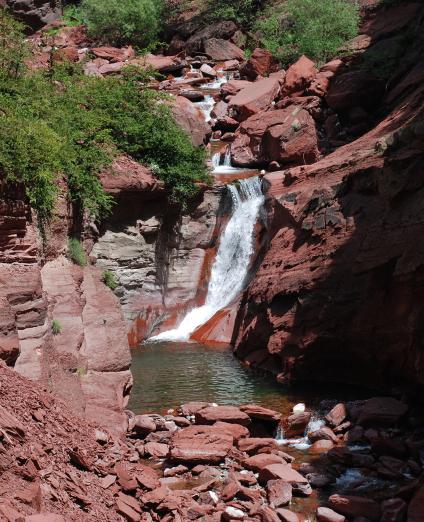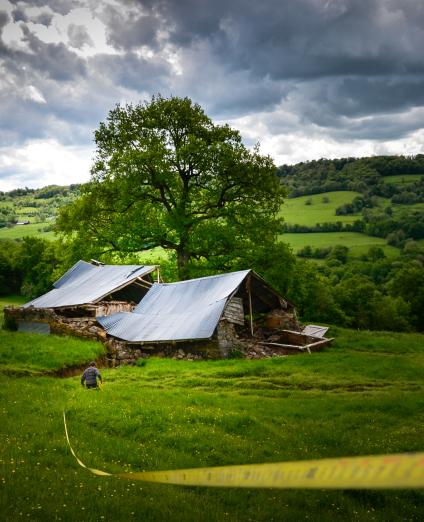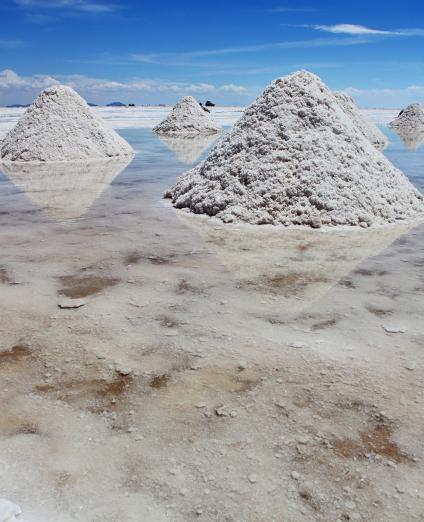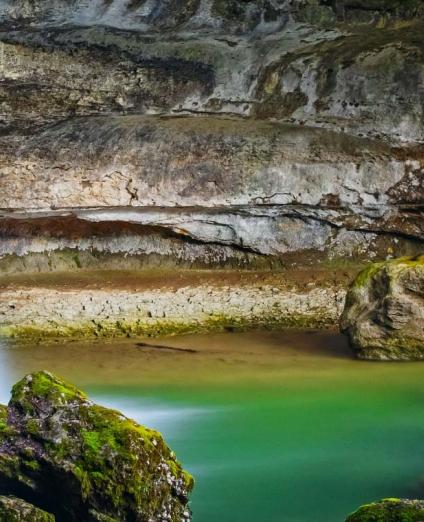As a public institution for research and expert studies, BRGM contributes to the dialogue between science and society in its different fields.
Establishing a dialogue with civil society representatives in the French regions
BRGM's regional representatives organise meetings with representatives of civil society groups to discuss regional environmental questions relating to BRGM's areas of expertise and on which papers and articles have been published.
These meetings provide opportunities for open and constructive discussions. They stimulate exchanges of knowledge - or of knowledge "gaps” - questions from all parties and the expression of their expectations, while observing the ethical principles that guarantee transparency and trust and preserve the independent judgement of all concerned.
Summary of the meeting held at Loudéac on 19 October 2018
Topic on the agenda
Setting up the SIGES Bretagne User Committee
Date and venue
Friday, 19 October 2018 in Loudéac
Agenda
- Brief presentation of BRGM
- Round table discussion
- Presentation of the SIGES Bretagne website: content, tools, target audience, themes
- Clarification of the role and functioning of the Committee
- Workshop divided into two groups to identify ways of improving the website (editorial content, features, ergonomics) and the communication activities to be carried out in order to improve its visibility and recognition among water stakeholders and the general public
Participants
11 participants representing the following organisations:
- Eau et Rivières de Bretagne
- Viv’Amor Nature
- Local union for environmental initiatives in a rural setting (ULAMIR) - CPIE Pays de Morlaix network
- Brittany Nature and Heritage Centre
- Federation of Environmental Protection Associations of the Gulf of Morbihan (FAPEGM)
Specific points, participants' expectations and questions, discussions
Topics that deserve to be developed further on the SIGES Bretagne website are:
- The relevance of groundwater
- Groundwater and limits on its use
- Groundwater reserves and the impact of drought (and water scarcity)
- The role of groundwater in river recharge
- Groundwater-river exchanges: principles and facts about Brittany's rivers
- Water quality, types of contamination of Brittany's groundwater, vulnerability. The influence of geology on the chemical composition of water
- Groundwater protection systems and good drilling practice
- Water table rise: overcoming preconceived ideas
- Floods due to water table rise (specific article)
- Surface waters
- Global heating and its effects on water resources and their quantitative management
- Wetlands: functioning, role and location
- Enhancement of Brittany's geological heritage
- Endocrine disruptors
- Radon: an article explaining the origin of the gas with links to the organisations in charge of the problem.
Action to be taken to improve SIGES visibility:
- Present SIGES Bretagne to consumer associations
- Organise workshops and outreach sessions
- Carry out specific actions with environmental education organisations (e.g. CPIE, Les Petits Débrouillards)
- Produce materials introducing basic groundwater concepts (diagrams, links with surface water, etc.)
- Develop relationships with the press: designing editorial content for the regional press, disseminating hydrological status bulletins and the SIGES newsletter
- Use social networks to publicise SIGES Bretagne
- Better information for SAGE stakeholders by sending them the newsletter
- Work with targeted audiences: selection of stakeholders and decision-makers
- Develop SIGES training courses for elected representatives, students, members of associations, etc...
- Produce content for non-specialists on groundwater, deposits, surface water and groundwater.

